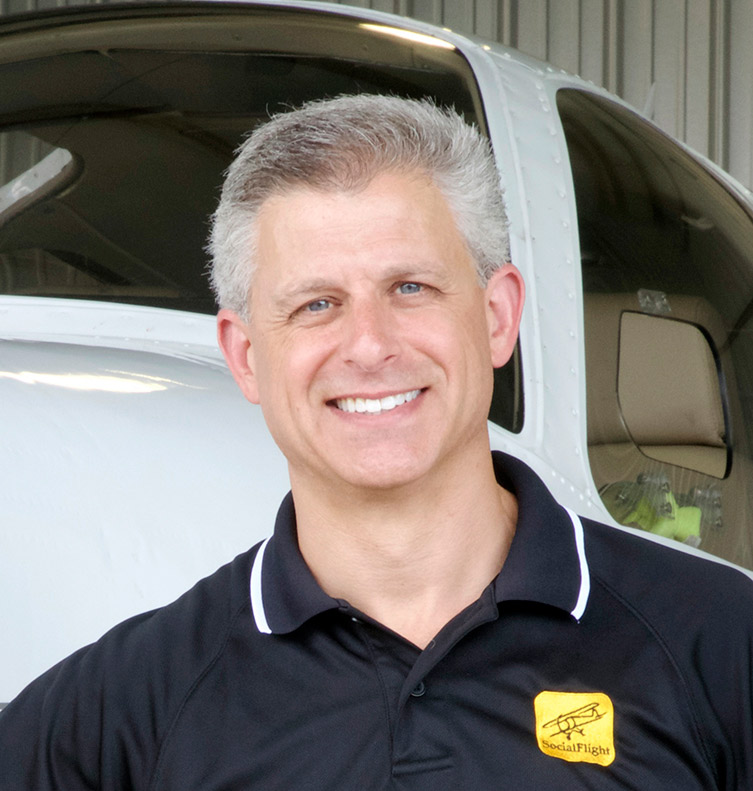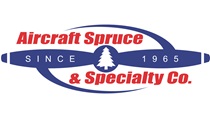Aircraft Maintenance: We need to do better
On April 24, my good friend and legendary airshow pilot Rob Holland died in a crash during his arrival at Langley Air Force Base in Virginia, where he was scheduled to perform at the Air Power Over Hampton Roads airshow. The preliminary report from investigators shows that this was a preventable tragedy related to maintenance on the aircraft, and subsequent mechanical failure.
Holland was unmatched as an aerobatic pilot. He was as a 14-time (including 13 consecutive) U.S. National Aerobatic Champion, a six-time World Freestyle Champion, a 14-time U.S Freestyle Aerobatic Champion, the 2015 World Air Games Freestyle Gold Medalist, and the recipient of the 2012 Art Scholl Showmanship Award, He won 37 medals in international competition.
MIFs occur when a mistake is made during maintenance on an aircraft, resulting in the failure of a component or system, restricting the aircraft from performing as it was designed. The results can be catastrophic, and examples have been in the news frequently:
- A Cessna 172 was destroyed on landing, but the occupants survived, after the throttle became unresponsive. The FAA inspector who responded to the scene confirmed the substantial damage and found that the connecting hardware for the linkage between the fuel injector servo and the throttle cable was missing.
- A fuselage door plug broke free of a Boeing 737 Max 9 in flight. The NTSB indicated the probable cause was improperly installed fasteners on the door plug.
- A private jet veered off a runway in Arizona and hit a business jet, killing one person. The NTSB indicated the probable cause was an improperly installed landing gear trunnion pin, following maintenance on the gear.
According to a 2025 study titled Quantifying the Risk of Accidents and Serious Incidents Due to Maintenance in General Aviation published by aviation consultants Daniele Paolo Scarpazza and Joseph A. Hutter, the authors found a 33.8-percent higher risk of GA aircraft accidents and incidents in the first hour of flight following “inspective maintenance.” Even after that critical first hour, the risk remains elevated for at least 31 hours.
My inbox is filled with aircraft owners’ stories of MIFs after picking up their aircraft from either routine maintenance or annual inspections. Typical stories include loose/missing fasteners, improperly installed seats, missing inspection covers, and other examples of missed details. In most cases, the pilot finds the issue before it causes serious consequence. However, I have worked on cases in which defects were not found during preflight inspection, including loose spark plugs and/or harnesses that cause rough running engines in flight when the connection finally comes undone; mistimed mags; and improperly installed cylinders that could result in complete engine failure.
Flights following major maintenance add an even greater level of risk. A close friend of mine had to make an emergency landing in a field on the first flight following an engine overhaul. I routinely come across frightening tales of improperly installed control surfaces, trim systems, autopilot servos, and other airframe issues that could easily result in a pilot’s inability to control the aircraft. Stories like this are far too common to be simply anecdotal, as the study proves.
Whether you are a mechanic, an aircraft owner, or a pilot, it is incumbent on us all to do a better job of ensuring that the aircraft we fly are airworthy and safe before we take to the skies. We simply must do better, and improving the way we maintain and inspect our aircraft requires discipline, standardization, and quality control.
Discipline is all about focusing on the job at hand and protecting ourselves from distractions. The best pilots I know turn off their cellphones during a preflight and ask that passengers or observers do not disturb their process. This helps avoid interruptions that could cause something to be missed. The same is true for mechanics or anyone working on an aircraft. We need to do a better job of working in a distraction-free environment when performing critical tasks, doing whatever we can to complete such tasks in a single, uninterrupted effort. If we are interrupted, we need to make careful note of exactly where we were and what has yet to be done. This takes us to the next item: standardization.
Standardization is all about doing tasks the same way, every time. This is greatly aided by using the exact steps contained in the maintenance manuals and following checklists for even the most mundane of tasks. Have you ever used a checklist for an oil change? You should. I know of far too many incidents caused by missing safety wire, drains left open, and even engines started prior to refilling the oil. For the record, a checklist isn’t of much value if you don’t actually “check” the items on the list, keeping a physical record of steps done. It’s also a great place to log the hours, the amount of oil added, part numbers, and other info to be used in the logbook entry once the task is complete. Another part of standardization includes placing bright tape or flags on any component where work has begun, but not yet completed.
Quality control is probably the most important, but least followed step of any maintenance task. The best maintenance professionals always have someone else check their work. I try to always have my son, Jake, look over any work that I’ve completed on the aircraft before I’ll consider the job done. This process has saved me more than once from missing something important, finding a new issue, or simply finding areas where I can improve the quality of my work. If you do your own oil changes, tire changes, spark plug cleaning, or similar tasks, it only takes a few minutes to have someone else take a quick look and make sure you haven’t missed anything. Even if you’re working alone, take the time to look around the airport and see if you can grab someone to look things over and make sure you haven’t missed anything obvious. If you are picking up your airplane from a mechanic, take the time to inspect their work for yourself, ask them to show you everything that they did, ask questions, and double-check whatever you can.
Attention to discipline, standardization, and quality control are things we can all improve. To my friend Rob, you will be missed in a way that words cannot express. We lost you far too soon in a way that was clearly preventable. My promise to you is to work every day to become a better and safer maintenance professional, and to help those around me to do the same. Farewell, my friend.
Until next time, I hope you and your families remain safe and healthy, and I wish you blue skies.



